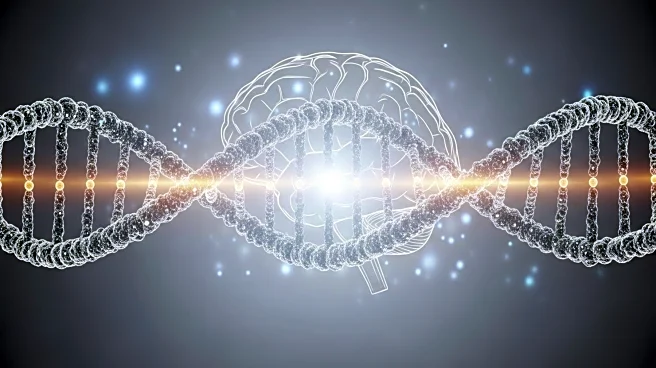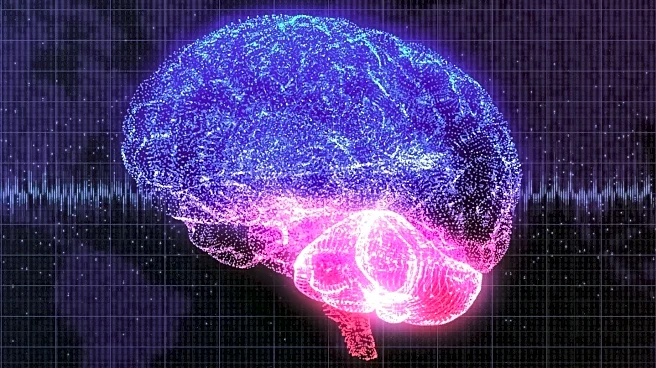What's Happening?
Two international studies have identified brain biomarkers that can predict whether individuals with REM sleep behavior disorder (iRBD) will develop Parkinson’s disease or dementia with Lewy bodies (DLB). The research found that reduced glymphatic system function is linked to a higher risk of Parkinson’s, while increased free water in the basal nucleus of Meynert predicts progression to DLB. These findings enable earlier diagnosis and targeted monitoring, potentially leading to preventive treatments before irreversible brain damage occurs.
Why It's Important?
The ability to predict neurodegenerative diseases years in advance is a significant breakthrough in medical research. It allows for early intervention, which can improve patient outcomes and reduce healthcare costs associated with managing advanced stages of these diseases. The studies provide valuable tools for clinicians to tailor medical monitoring and treatment plans, enhancing the precision of care for individuals at risk of developing Parkinson’s or DLB.
What's Next?
The research paves the way for personalized screening tests to predict disease development before symptoms appear. Clinicians may use these biomarkers to better target clinical trials for preventive treatments. Further studies could explore additional biomarkers and refine predictive models, potentially transforming care for neurodegenerative diseases.
Beyond the Headlines
The findings highlight the importance of sleep disorders as early indicators of neurodegenerative diseases. They also emphasize the need for interdisciplinary approaches in research, combining neurology, sleep medicine, and imaging techniques. The studies contribute to the understanding of the glymphatic system's role in brain health and its potential as a therapeutic target.










